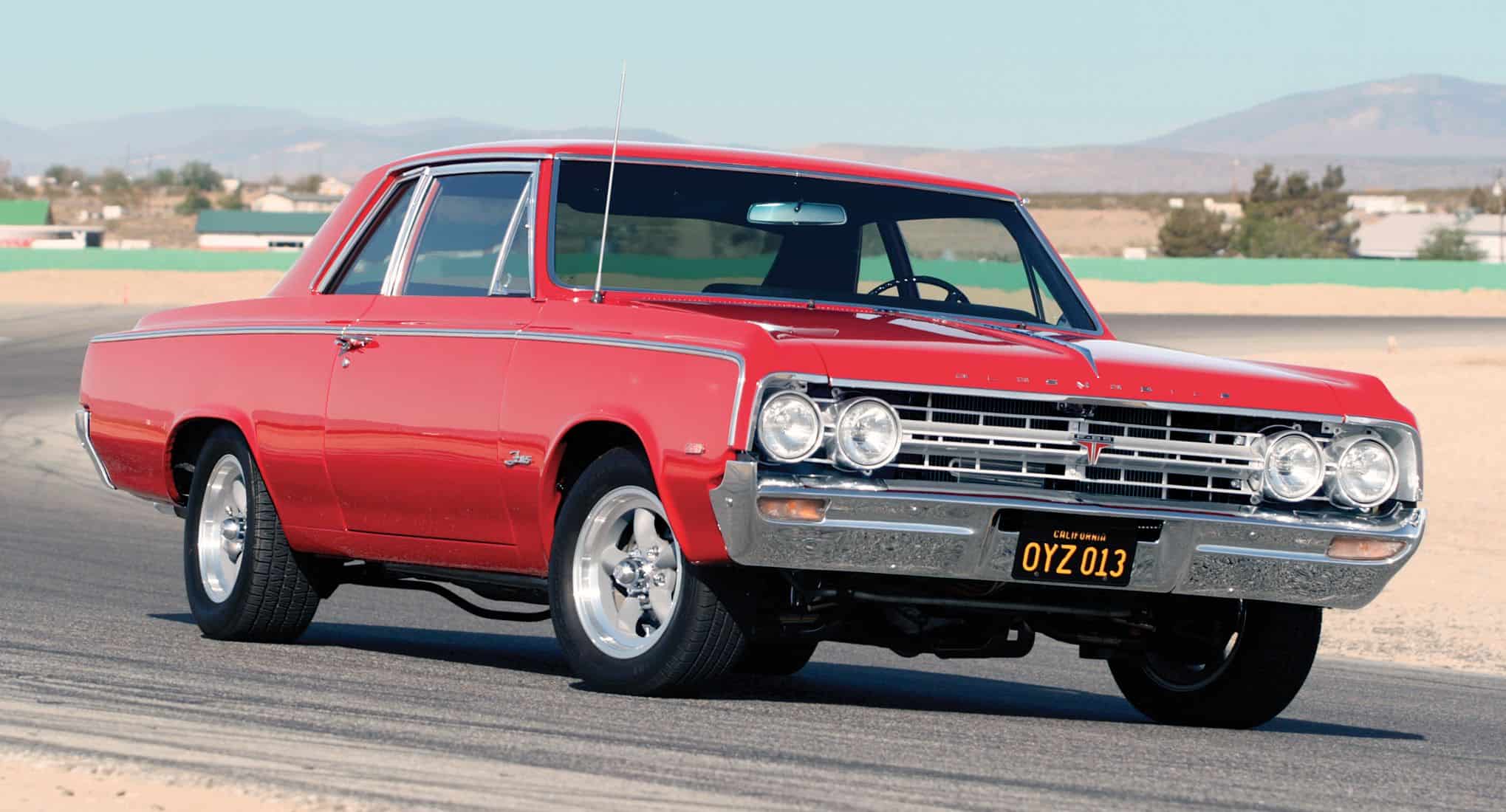The definition of the muscle car is quite simple, at least on paper. You put a large V8 in a two-door coupe or convertible, send power to the rear wheels, and enjoy burning rubber on the road or track. However, in the last 60 years, US-based manufacturers have introduced modern muscle cars that strayed from that initial concept.
These cars featured the best and most modern technology for the time, utilizing different body styles, drivetrain designs, or engine configurations. They were the models that evolved the auto market at the time by using advanced technology, and that set the bar higher for competitors. So let’s dive into the exciting world of muscle cars fueled by modern technology for their times. They were true trendsetters, so let’s check them out right here.
Oldsmobile Jetfire

The Jetfire is a critical model for automotive history that unfortunately never got the respect it deserved. It was the first turbocharged passenger car along with the Chevrolet Corvair Monza. However, Oldsmobile’s system was far more complex and powerful than Chevrolet’s, so it deserves a detailed look (via Car Throttle).

Oldsmobile engineers took the compact F-85 model and retained its small 215 cid V8 engine. This developed 185 hp and gave it a new forced induction intake system that included a Garett turbocharger and a unique “Turbo Rocket Fuel” tank. This fuel consisted of distilled water, methanol, and a corrosion inhibitor mix that was injected into a fuel and air mixture to prevent detonation. For the day’s standards, the Jetfire V8 was absolutely state-of-the-art technology. Initially, the market was very interested as a result. The new V8 delivered 215 hp, which was one hp per cubic inch. That made it one of the best performance cars of the day. It was almost as fast as the Corvette, with a 0 to 60 mph time of around eight seconds.
